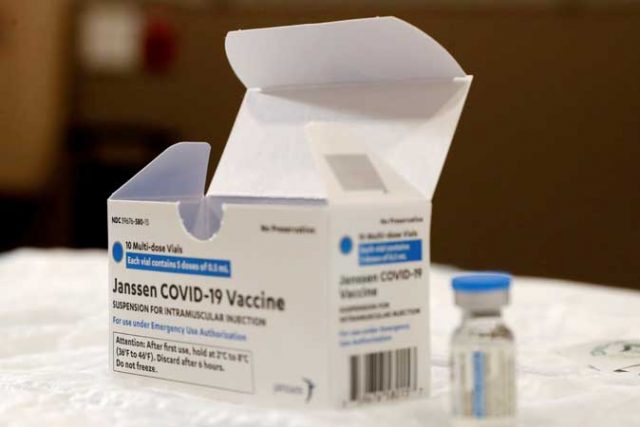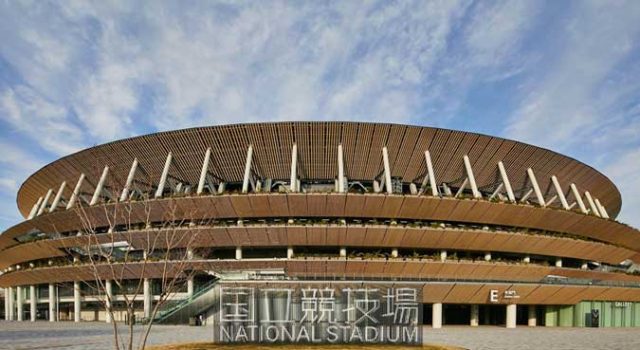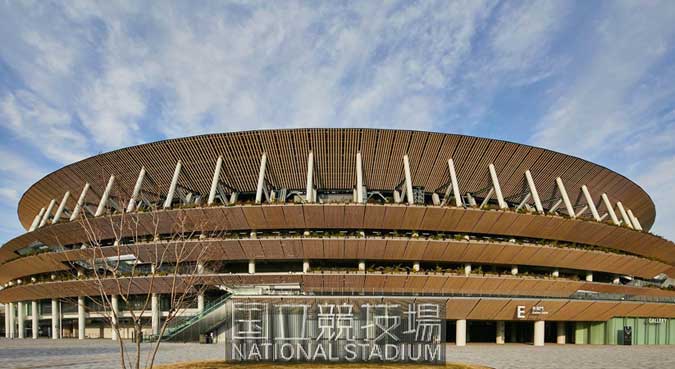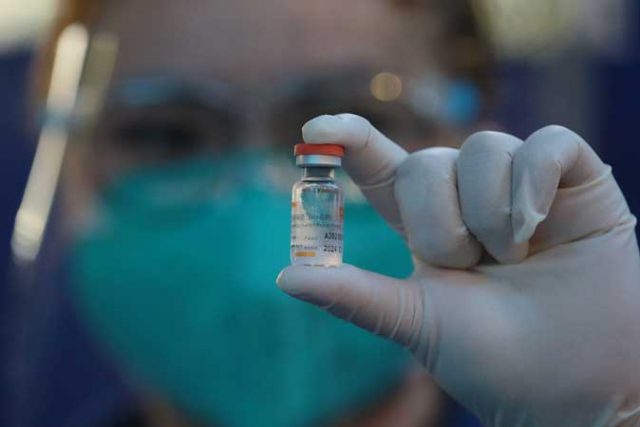J&J delay slows global vaccine rollout

THE PAUSE in the rollout of Johnson & Johnson’s (J&J) COVID-19 vaccine marks another setback for the world’s inoculation campaign, just as it was picking up speed in Europe and other regions where immunizations have lagged.
The drug maker suspended shots in Europe after US officials urged pausing vaccinations to review rare cases of deadly brain clots, similar to those seen with AstraZeneca Plc’s vaccine. Several countries in Asia were on the verge of deciding whether to approve J&J’s inoculation before the safety issue arose, while Australia had already ruled out any purchases.
In the European Union (EU), which is struggling to quell a fresh wave of the pandemic, the suspension came as the bloc was finally accelerating vaccinations after trailing far behind the US and UK Without J&J’s one-dose shot, it would take until December to inoculate three-quarters of the EU population, according to Airfinity Ltd., a London-based research firm.
The stakes are higher for poorer countries reliant on Covax, a vaccine-access initiative backed by the World Health Organization. The group has an advance purchase agreement for as many as 500 million doses of the J&J shot. The African Union signed a deal last month for 400 million doses this year and next, with deliveries set to start in the third quarter.
“The US doesn’t need J&J’s vaccine, but the rest of the world is in trouble,” said Sam Fazeli, an analyst with Bloomberg Intelligence.
‘ENOUGH DOSES’
The US has enough doses from the Pfizer, Inc.-BioNTech SE alliance and Moderna, Inc. to cover its adult population by July, Mr. Fazeli wrote in a report. “The rest of the world has to weigh opening up its economies versus using vaccines with rare side-effects.”
The US was right to pause its use of the J&J shot after six women developed blood clots in the brain after getting it, Mr. Fazeli said, even though the clots so far have been reported at a rate of one per million vaccinated people. That compares to about one per 100,000 for the Astra vaccine.
At a briefing Tuesday, FDA officials said the length of the pause will depend on what they learn, but they expect it to be a “matter of days.”
While the J&J shot hasn’t been widely used in Asia, that was poised to change. Most places in the region didn’t need vaccinations to protect against the virus since strict social distancing and other mitigation measures kept it firmly in check. The immunizations are critical, however, for reopening to the broader world.
Regulators in New Zealand are slated to decide Thursday on the vaccine, and say they will take the latest information into account. The Philippines was expected to sign with J&J this week, while Thailand approved it for emergency use on March 25. India, facing a mounting outbreak, has said it will fast-track approvals of shots that other countries cleared, including the one from J&J.
South Korea, which granted the company conditional approval last week and has placed the largest order in the region for it, said it will monitor the US suspension and track the shot’s safety. It isn’t expecting shipments until the third quarter. Japan also said it’s gathering information on J&J’s vaccine.
The safety setback could delay delivery of one billion doses of vaccine designated for the region by 2022. The immunizations were pledged at a meeting last month of the “Quad,” made up of the leaders of the US, India, Japan and Australia.
The European Medicines Agency (EMA) said it isn’t clear whether there’s a causal link between the J&J vaccine and the clotting disorder. It began a review of the cases last week and will say more once it finishes the evaluation. About 6.8 million people in the US have received the J&J shot.
The EMA is watching developments closely and is in contact with the FDA, EU Health Commissioner Stella Kyriakides said in a Tweet.
After examining the rare cases of clotting in those who received the AstraZeneca shot, the EMA warned last week of a link but said that the vaccine’s benefits still outweigh its risks.
EU countries had expected deliveries of some 55 million J&J doses this quarter. Shortly before the US news, Italy’s pandemic emergency czar General Francesco Paolo Figliuolo had hailed the imminent arrival of the first batch, due Tuesday afternoon at an airport south of Rome.
Italy and other EU countries will now hold onto their doses and use other vaccines until the FDA gives the green light on the J&J shot, according to people familiar with the plans, who asked not to be identified because the discussions aren’t public.
The optics could hardly be worse for EU nations: the arrival of a new vaccine undermined by concerns similar to those that are prompting some Europeans to shun AstraZeneca’s shot. Some EU countries are limiting the Astra vaccine to older people, and should the bloc ultimately restrict the J&J shot to people over 60 it would delay vaccination of three-quarters of the population until mid-November, Airfinity estimates.
The vaccine is under review in the UK but hasn’t been approved there yet. The Medicines and Healthcare products Regulatory Agency will evaluate safety reports before making a decision, Siu Ping Lam, director of licensing, said in a statement.
The J&J vaccine, like the one developed by Astra and the University of Oxford, uses an adenovirus to deliver the genetic material into the body to provoke a defense against Covid-19. The Oxford-Astra vaccine uses a chimpanzee adenovirus to achieve the response, while J&J’s is derived from humans. Russia’s Sputnik V vaccine and one from China’s CanSino Biologics, Inc. also rely on that approach.
The clot question has left some buyers wary of adenovirus vaccines altogether. On Tuesday, Australia said it wouldn’t purchase any more of that type of Covid shot, ending talks with J&J over a procurement deal. — Bloomberg
















![vivo Y20s [G] Availability Article PHOTO](https://www.bworldonline.com/wp-content/uploads/2021/04/vivo-Y20s-G-Availability-Article-PHOTO-640x640.jpg)